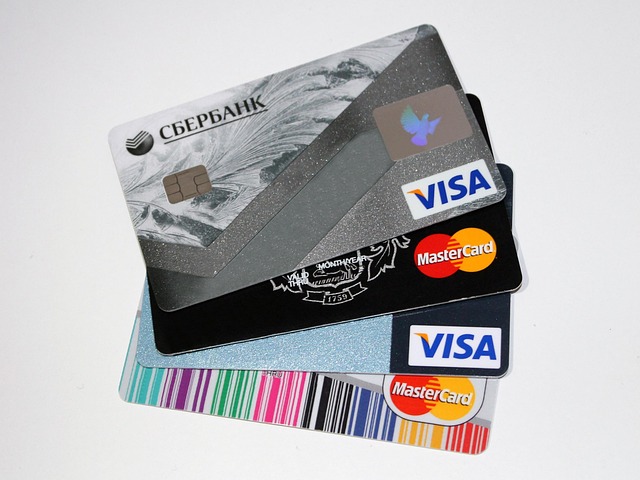How Money Transfer Services Work for International Payments
Money transfer services enable individuals and businesses to send funds across borders or within the same country using banks, specialist remittance firms, mobile platforms, and cash-agent networks. They combine payment rails, exchange services, identity checks, and compliance processes to move value, and choices around speed, cost, and delivery method affect the overall experience and final amount received.

What are money transfer services?
Money transfer services refer to systems that move funds from a sender to a recipient. These include traditional bank wire transfers, online remittance platforms, mobile money, and person-to-person (P2P) apps. Providers differ on how they route funds (direct account credit, cash pickup, mobile wallet deposit), what identity checks they require, and the typical transfer times. For many users, the convenience of initiating transfers online or via an app is balanced against fees, exchange margins, and regulatory requirements that vary by country and transaction size.
How do international transfers work?
International transfers typically use correspondent banking networks, international messaging systems (such as SWIFT), or local payout partners to bridge jurisdictions. A sender initiates a transfer with currency and recipient details; the provider converts currency if needed and transmits funds through partner banks or payout channels. Timing depends on cut-off times, compliance checks, and route complexity—same-day transfers are possible in some corridors while others take several business days. Cross-border transactions also require adherence to anti-money laundering (AML) and know-your-customer (KYC) rules that can add verification steps.
How do money transfers affect personal finance planning?
When planning finances, factor in transfer fees, currency conversion losses, timing, and frequency. Recurring international payments (for family support, tuition, or supplier invoices) benefit from predictable scheduling and possibly lower per-transfer costs. For one-off transfers, speed might be worth a higher fee; for larger sums, negotiating corporate arrangements or exploring forward contracts (where available) can reduce exposure to rate swings. Also consider reporting and tax obligations in sender and recipient jurisdictions, and maintain records of large or repetitive transfers for personal accounting and compliance.
How is currency exchange handled in transfers?
Currency conversion is often where providers earn a significant portion of their margin. The mid-market (interbank) rate is the baseline, but many services apply a markup, sometimes called an exchange margin, to the rate they give customers. Some providers quote a small flat fee plus a competitive exchange rate, while others offer zero-fee transfers but widen the exchange spread. For frequent or high-value transfers, look for services that clearly display the rate used and offer rate locks, limit orders, or hedging tools where available. Transparency around the applied rate is key to understanding total cost.
How do banks and banking services compare to fintech providers?
Banks and banking services generally offer integrated account-to-account transfers, strong regulatory oversight, and established dispute resolution processes. They can be slower and apply higher fees or less favorable exchange rates for some corridors because of correspondent banking costs. Fintech providers and specialist remittance firms often focus on speed, lower fees, and clearer pricing, using local payout networks or optimized currency paths. Security standards vary across providers, so verify licensing, encryption practices, and customer protections rather than assuming one type is always better for your needs.
What local services and delivery options are available?
Local services — such as agent cash pickup networks, postal money orders, and mobile wallet integrations — expand access where bank accounts are less common. Delivery options often depend on the recipient’s country: direct bank deposit, mobile money, doorstep cash delivery, or agent locations. These options affect speed, convenience, and recipient costs (for instance, cash pickup may involve a small fee or ID requirement). Availability can change with local regulations and infrastructure, so check supported payout methods in your recipient’s area before choosing a service.
Conclusion
Choosing the right money transfer service requires balancing cost, speed, delivery method, and regulatory transparency. Understand how providers handle currency conversion, compliance checks, and payout options, and match those features to your priorities—whether that is minimizing fees, ensuring fast delivery, or supporting an unbanked recipient. Keeping clear records and checking provider terms will help ensure transfers proceed smoothly and predictably.






